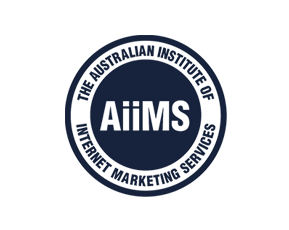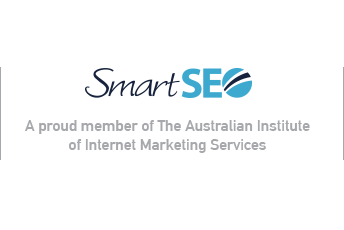Backlinks have been much in the news lately with stories mainly focusing on the dangers of improper link building.
Less commonly discussed, yet equally important, is the matter of internal links. Links between the various pages of your website offer the benefits of enhancing SEO, user experience and proper indexing.
Types of Inner Links
In Context Links
These are links from words or phrases in your content. They’re useful for directing the reader to a page with more information on a particular topic. They also tend to carry more weight in SEO terms.
Menu Links
Your menus, whether in the header, footer or sidebar are the primary means by which your visitors navigate through your site. For this reason, their preparation requires considerable care. we as professionals can help with key task.
Other Internal Links
These can be in the form of breadcrumb navigation, image links, and various other posts and pages on the same domain.
Interlinking
Google’s spiders scour your site to determine its theme and architecture. Links are key to this process and also indicate which pages are the most important.
However you shouldn’t try to build as many internal links as possible for it to gain as it would be spammy.
Enhanced Navigation
Enhanced navigation offers a quality user experience as visitors are able to access the parts of the site that interest them. One nice side effect is reduced bounce rate as users find it easy to explore other pages as they’re clearly linked and labelled.
Effective interlinks keep visitors on your site rather than heading off to a search engine for further information.
Action Plan
Ideally you would begin creating your site based on a solid information architecture to optimise the flow of information and visitor pathways. However you can benefit from going through your site to identify how best to create internal links. Here are some guidelines:
- Your linking structure should be clear and logical. Imagine your site as just links and see if it makes sense.
- Create a proper site map to help search engines properly discover your site.
- Your link titles must be clear and informative leaving users in no doubt as to what they’ll find on the linked page.
- If you’re using keyword rich links, make sure that keyword appears on the target page.
- Don’t overdo it with the anchoring. Take care that multiple links to the same page have varied anchor text.
The main takeaway is that links and their keywords should be formulated for the benefit of human visitors first and search engines second. User experience must always be at the forefront of any web project.
If you want a website that’s professional planned from the start or you feel your existing would benefit from a makeover, get in touch with Smart SEO today.

















